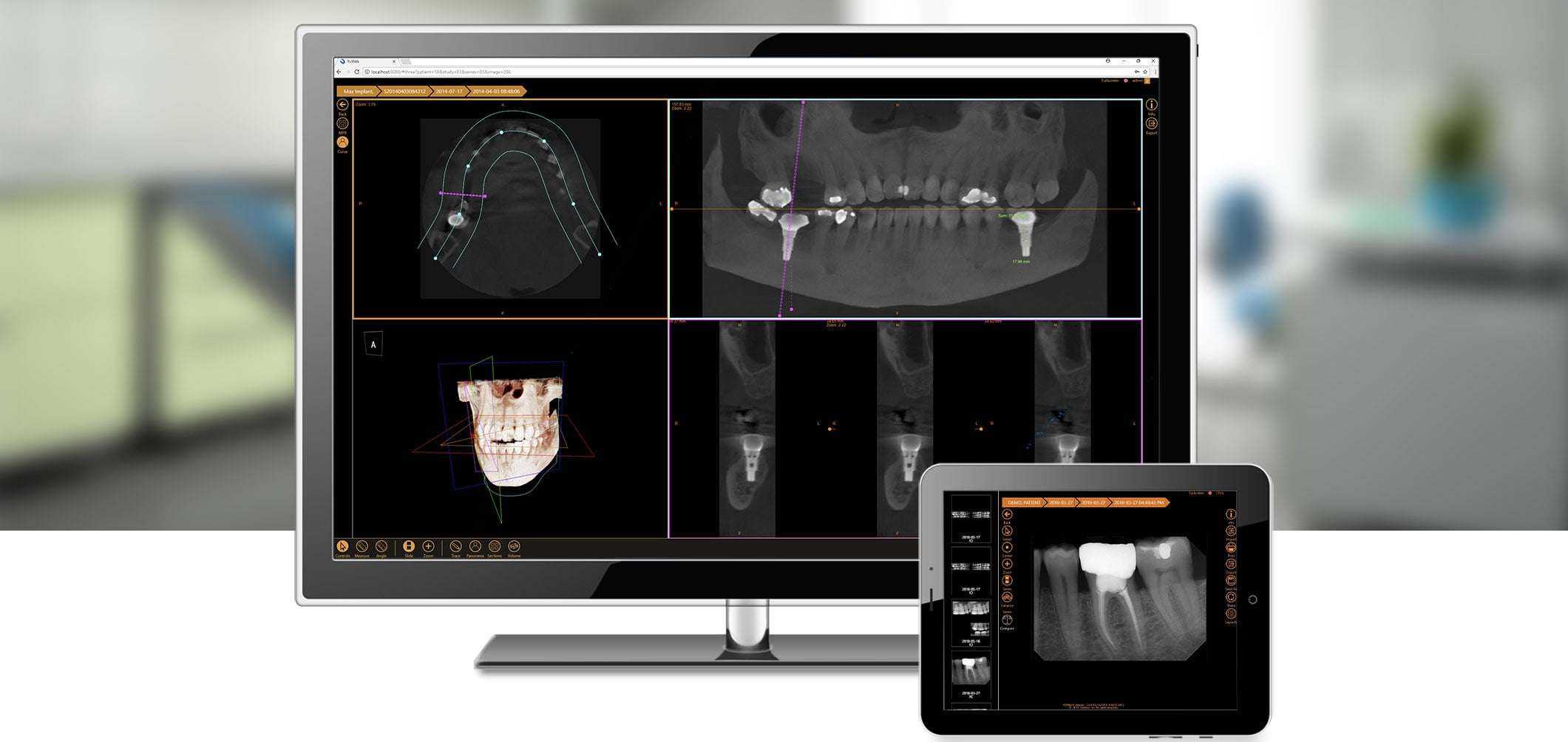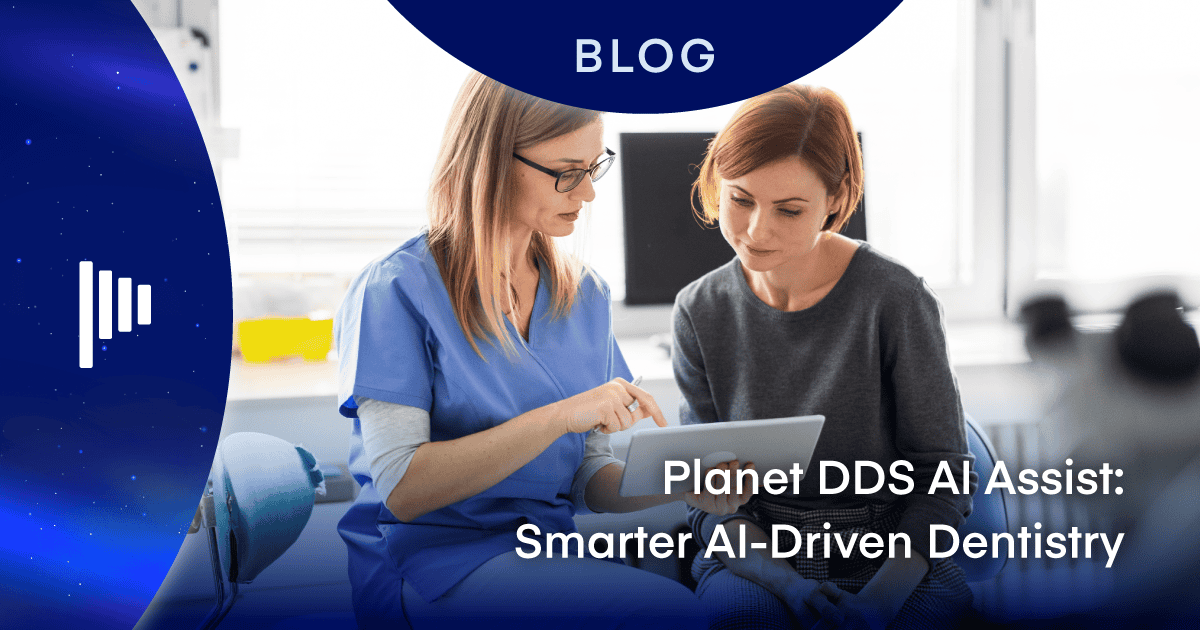What is Open-Architecture Dental Imaging Software?

Our team meets with dental practices every day to discuss their imaging technologies and how our dental imaging software differs from other products on the market. The conversation eventually culminates in a look at the core philosophy behind our solutions – open-architecture. In this article, we will look at open-architecture imaging software and how this approach can bring a few key benefits to your practice.
What is Open-Architecture?
Open-architecture is the development philosophy that involves designing a solution with emphasis on interoperability and integration with a wide variety of other technologies and peripheral systems, even those produced by competitive firms. What we refer to as a “closed” system is intentionally developed to work best with a provider’s own solutions in their proprietary ecosystem. Think of it in these terms: a “closed” solution is developed to only work optimally with its own brand of technologies (Apple products, for example) while “open-architecture” products function seamlessly with solutions made by a variety of companies (Windows-based products).
Even put more simply, open-architecture imaging solutions play well with other brands while closed solutions historically do not.
So, what makes a dental imaging software open-architecture? Let’s take a look!
Independence from Proprietary Hardware Tech
The first and foremost advantage of open-architecture dental imaging software is hardware independence. The dental industry has traditionally been a device-driven market where companies have designed imaging hardware and then developed their own imaging software to acquire and store images. While this approach has the advantage of optimizing performance between the imaging device and software, it comes with the consequence of its customer being locked into a proprietary system. For example, if you purchase an intraoral sensor from a manufacturer and utilize their included imaging software, all clinical images captured in that software will likely need to be viewed in that system moving forward or eventually converted into a format that is readable in a different imaging software.
And, when you really think about it, this “closed” type of system makes little sense for the consumer and only pays dividends for the technology provider by locking you into a specific brand that becomes difficult to move on from. If a better intraoral sensor with new innovations is made available by a different brand, you may have to switch software for the new sensor to function properly. With open-architecture imaging, you choose the technologies you want to use based upon what aspects of those devices you value most rather than having to settle for a specific brand due to restrictions in your software.
Related: DEXIS vs. Apteryx: Which is the Best Imaging Solution for You?
Integration with All Practice Management Systems
Going beyond hardware, integration with 3rd party software, such as your practice management solution, is made much easier via open-architecture. All dentists understand the vital role that practice management software plays in running their business. In our experience, most practices we meet have already researched practice management options prior to reviewing clinical software or they already have a practice management software that they are happy with. By choosing an open-architecture imaging solution, they are diversifying their technology providers while ensuring integration between their management and clinical systems. As the saying goes, you should never put all your eggs in one basket. So, if a practice ever decides to switch their management software to a different provider, they can rest assured that their imaging system will continue to integrate with whatever new practice management platform they choose.
Industry-Standard Image Formatting
The medical industry has utilized an open image format called DICOM (Digital Imaging and Communications in Medicine) for years. So, when a medical physician takes a radiograph, it is stored in DICOM format and is then readable in any DICOM-compatible software. This makes sharing images between practices simpler and more efficient because the image data can be read by whatever system the referring doctor is using and vice-versa.
When shopping for an imaging software, be sure to ask about the file format the system uses. Not only will an open format like DICOM be beneficial for sharing images but, should you choose to switch imaging software down the road, your data can be easily exported from your existing system and imported into a different DICOM-compatible software without the need for a complicated (and often expensive) data conversion.
Final Thoughts on Open-Architecture Imaging
There are many aspects of imaging software that should be thoroughly reviewed prior to making an investment in any system, with open-architecture being one component that merits discussion. Other considerations include cloud versus on-premise hosting, image quality, hardware compatibility, 3D capability and service/support.
Related: The Top 8 Benefits of Cloud-Based Dental Imaging Software
If we can be of further help with your research, please contact [email protected].
If you need a quote for imaging software or compatible equipment we’re happy to help you. Request a quote or call: 800-861-5098.



